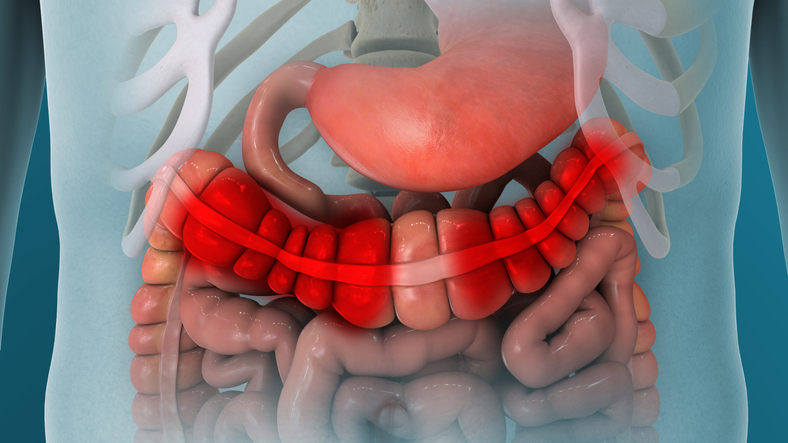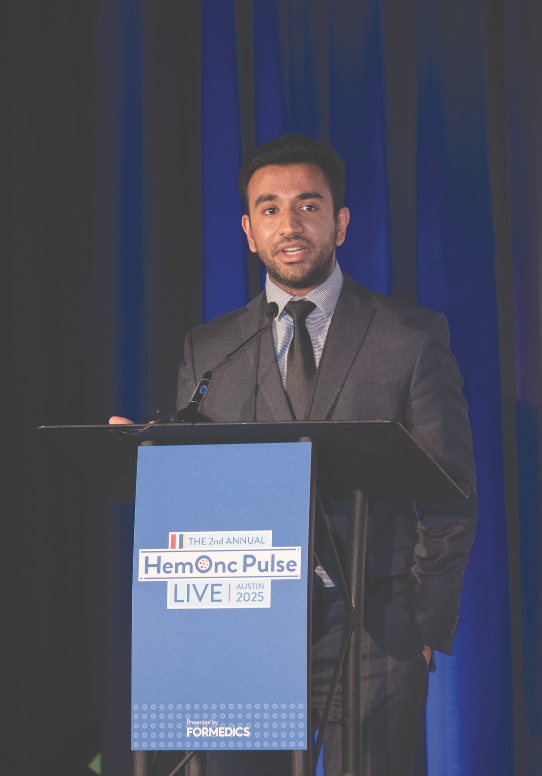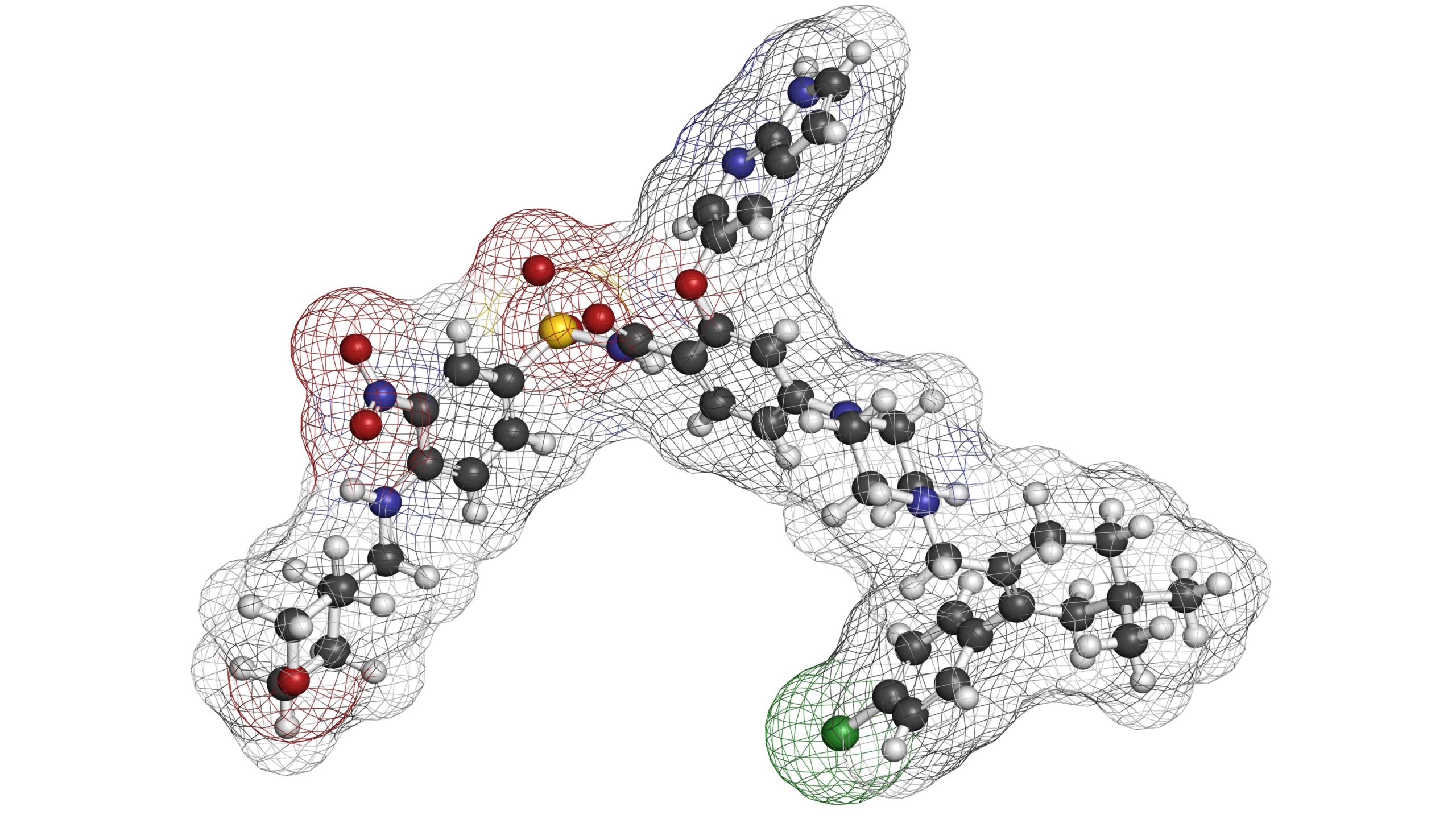Claudio Cerchione, MD, PhD, Shares Promising Data on Emavusertib in AML
By Leah Sherwood, Claudio Cerchione, MD, PhD, Patrick Daly - Last Updated: April 16, 2024Dr. Cerchione, of Istituto Scientifico Romagnolo per lo Studioe la Cura dei Tumori ICRSS, shared his expert perspective with Blood Cancers Today on the potential of emavusertib (CA-4948) plus azacitidine and venetoclax as a triplet regimen in patients with acute myeloid leukemia (AML) in complete response with measurable residual disease (MRD).
Data from the phase Ib single-arm, open-label trial will be presented at the American Association for Cancer Research Annual Meeting 2024 in San Diego, California.
Dr. Cerchione noted AML has a very heterogenous population and the therapeutic landscape has changed significantly in recent years—particularly as new biomarkers have been identified and azacitidine plus venetoclax has become the standard-of-care in elderly patients with AML.
“However, in [elderly patients] we know that we need more alternatives—in particular triplets—to potentiate these great doublets in patients that don’t achieve the best response,” Dr. Cerchione explained. “Emavusertib is a novel potent oral inhibitor of … IRAK4, which has additional inhibitory activity against FLT3 and CDC-like kinases.”
Emavusertib monotherapy has shown “incredible” safety outcomes in clinical trials on patients with heavily pretreated AML, Dr. Cerchione said. “Moreover, preclinical studies have shown an exciting synergistic effect together with azacitidine and venetoclax, and this is the rationale for the phase Ib single-arm study,” he added.
In the study, patients with AML who still had MRD-positivity despite ongoing standard-of-care therapy with azacitidine and venetoclax had emavusertib added to form a triplet regimen. Dr. Cerchione highlighted the promising safety findings and the likelihood of treatment compliance given the oral administration.
“It’s important to find solutions for patients that don’t have a particular biological alteration, and in the elderly population we need an alternative in order to overcome resistance to azacitidine and venetoclax,” Dr. Cerchione concluded. “This triplet combination has a great potential to become a new regimen in front-line therapy for AML patients.”






 © 2025 Mashup Media, LLC, a Formedics Property. All Rights Reserved.
© 2025 Mashup Media, LLC, a Formedics Property. All Rights Reserved.